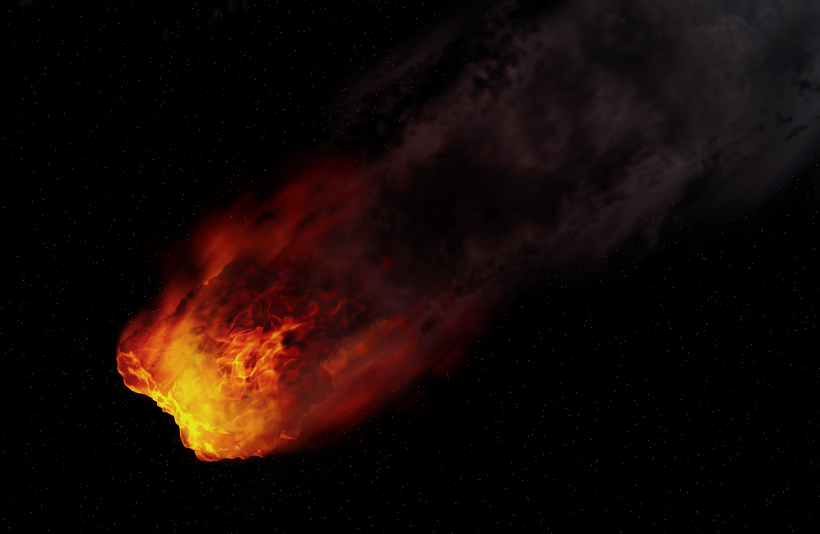Experts from NASA has issued a warning that a large asteroid is speeding towards our solar system at an amazing speed of 28.8 kilometers per second and that it could travel around Earth twice in just an hour.
This asteroid is definitely fast, but how big is it?
Bigger than the London Eye
According to a report by Express, the asteroid is known as 2019 UN12 is bigger than the London Eye, which is at 135 meters high--meaning the space rock is larger, and easily so at 147 meters wide.

A large asteroid could potentially be dangerous when it speeds past Earth.
Besides its enormous size and crazy speed, it will also brush closer to Earth and may even be "potentially dangerous," as NASA experts said, coming within 0.012 astronomical units from Earth, or around 1,795,174 kilometers.
Although the distance may seem significant, experts believe it could pose a threat due to its potential to approach the Earth more compared to the initial predictions.
A Great Impact
"Specifically, all asteroids with a minimum orbit intersection distance (MOID) of 0.05 au or less are considered PHAs (Potentially Hazardous Asteroids)," the space agency said.
The Imperial College of London said that a 150-meter wide asteroid can have an impact equal to the power produced by 71.5 megatons of TNT if it explodes in Earth's atmosphere and that it can easily cause a 2.4 kilometer-wide crater to wherever it lands.
ALSO READ: SpaceX Sends 60 More Starlink Satellites, Astronauts Still Worry About its Effects
Until now, asteroids remain as one of our planet's threats that could easily wipe out an entire civilization clean, and the space agency even wants a new space telescope that will hunt potentially dangerous asteroids that could hit our planet, according to Space.com.
Five More Asteroids
The 2019 UN12 is not the only asteroid that is waltzing around our solar system and planet, as NASA has very recently discovered five space rocks that are flying past our planet--and one has already hurtled past us.
The first space rock, known as 2019 VW1, was expected to approach Earth on November 11, followed by 2019 VK3, then the 2019 VN2, 2019 UB14, and lastly, 2019 UH1, which is also the biggest one of the five at around 87 meters wide.
Based on a report by the International Business Times, the last asteroid should be flying past Earth this November 12.
The NEOs
But not all asteroids and small solar system bodies are seen as a threat.
Near Earth Objects or NEOs are also used to help our scientists know the dynamics, composition, and the environmental conditions of our solar system when it was much younger.








